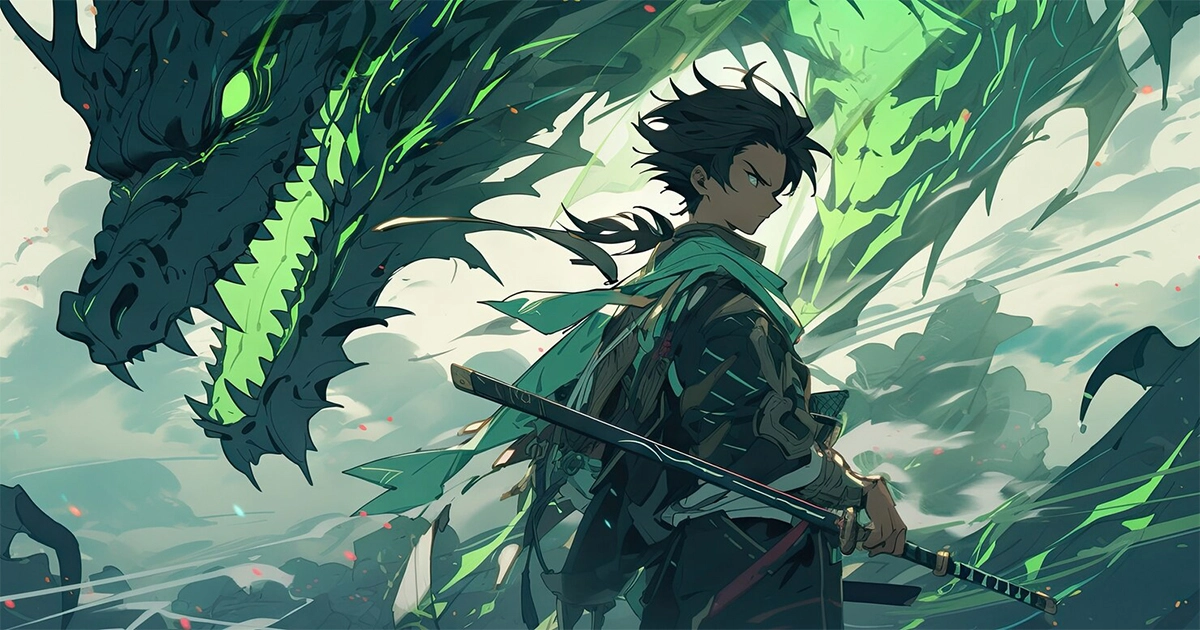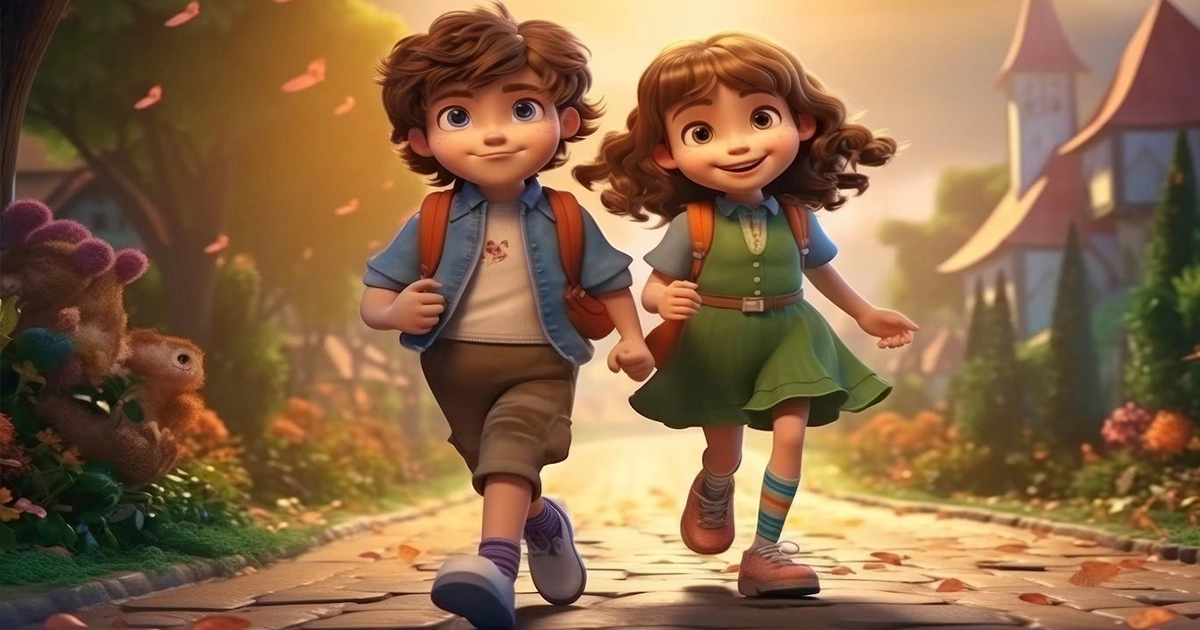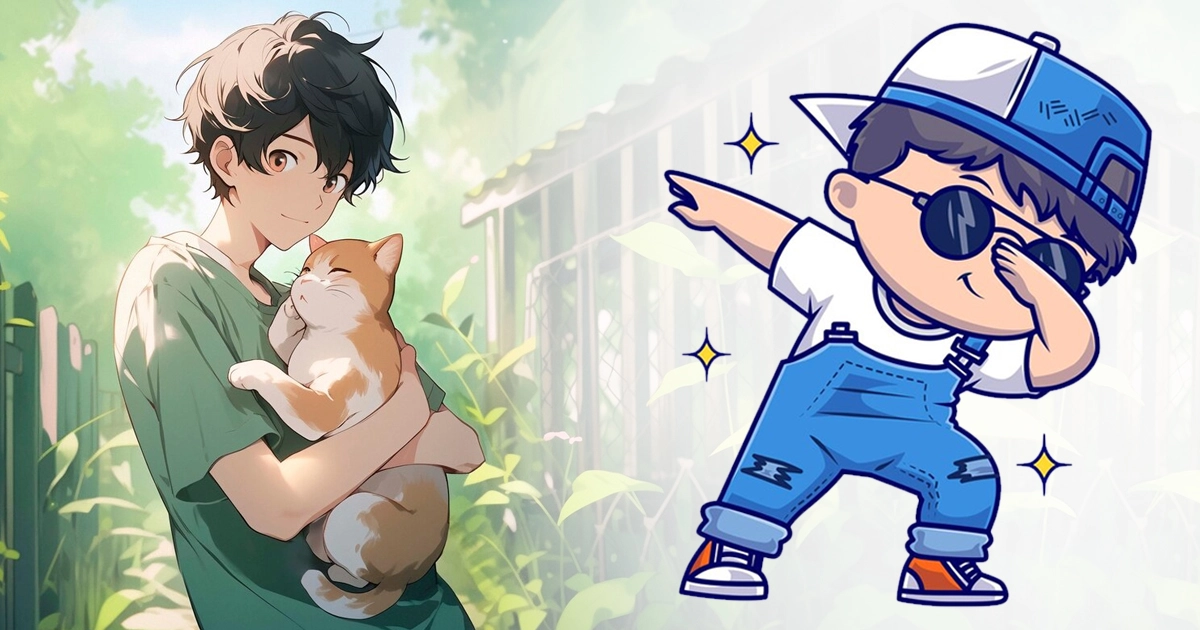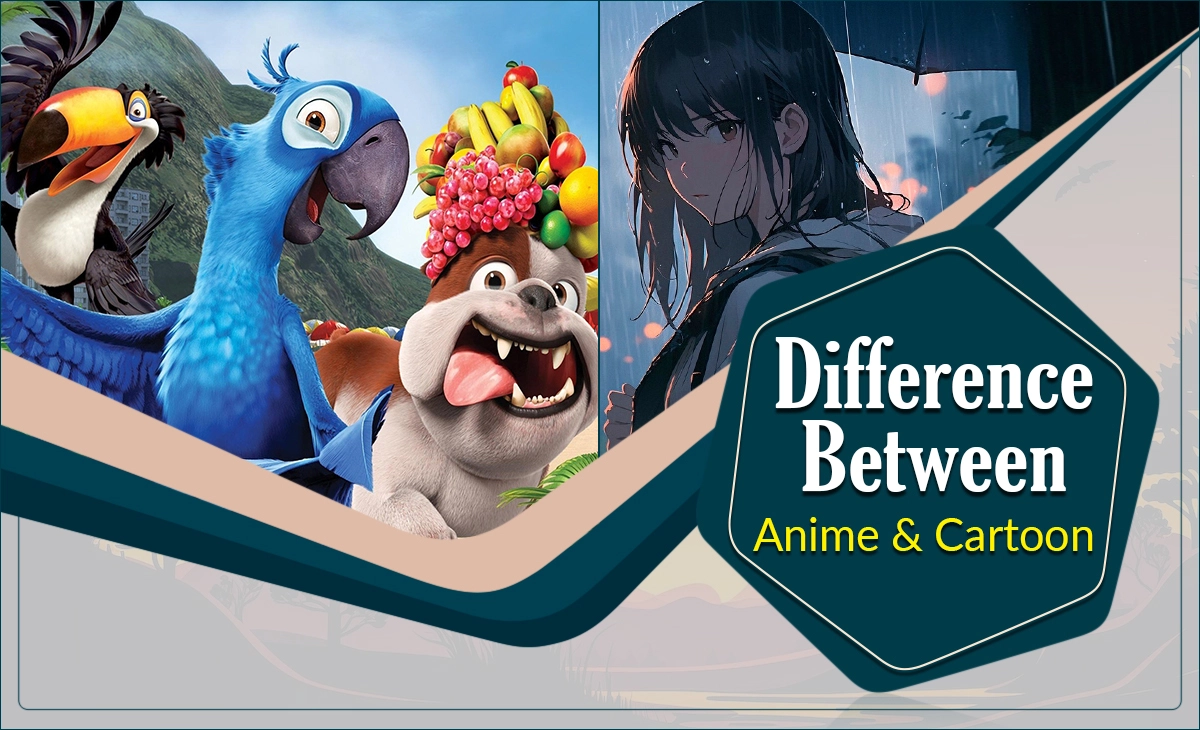Overview of Anime And Cartoon
Anime and cartoons sound confusing to many people. Because most people think both are the same. On the other side especially anime lovers say one specific statement: “Anime is not Cartoon.” This is right. They look similar patterns but there are many differences including the purpose of creation, the process of creation, roots, storytelling, etc. Anime and cartoons are two distinct sub-genres within the broader category of animation. While both involve creating moving images through sequential drawings or computer-generated imagery, they possess unique characteristics that set them apart. Let’s discuss in detail the differences between anime and cartoons.
What is the anime?
The word anime is derived from the English word animation but originated in Japan in the early 20th century. Over time it is being developed with technological advancement. Anime has its distinct style of storytelling and covers a wide range of genres including action, romance, comedy, and more. Anime concentrates more on human life issues and shows more violence in theatre that attracts people. It is made for different ages people as children, adolescents, and old people.

Anime
What is the Cartoon?
Cartoons are a form of Western animation. It was created in the United States in the late 19th century to early 20th century. The purpose of the creation of cartoons was to entertain children. But from time to time it evolves and spreads in different types of genres. Cartoon characters are much closer to reality but the storyline is not realistic and made for children. The cartoon makes people laugh and the duration of each episode is short. Another use of cartoons is to use in caricatures for humor and satire.

Cartoon
Difference Between anime and cartoon
Anime features are not closer to reality but are based on a realistic plot but the cartoon is closer to reality but not matched with reality. It seems that both are the same but have huge differences.
History
Cartoons have a rich history transiting centuries and continents, evolving from ancient depictions in Egyptian hieroglyphics to the complex 3d animations of today. Beginning with political satire in print culture during the 18th and 19th centuries, cartoons gained prestige through the emergence of comic strips in newspapers, featuring characters and storylines.
The invention of animation techniques in the late 19th century paved the way for the development of animated cartoons, leading to the Golden Age of Animation in the 1920s to 1950s, marked by iconic characters and studios like Walt Disney and Warner Bros. The advent of television further popularized cartoons, with animated shows becoming cultural phenomena. In recent decades, cartoons have diversified in style and subject matter, embracing digital animation technology to reach wider audiences across various platforms.
Anime originated in Japan and has a rich and long history that makes it popular in the present generation. In the following decades, we see how much this sector has in different genres, styles, and themes. The invention of animation from 2D to 3D helped to grow popularity among mass people. anime has gained global recognition heavily. The high-quality 3D animation and streaming platform enables broader accessibility to people and attract them globally. Though it was born in Japan now it is collaborating with international makers and solidifying different cultures in different regions.
Anime vs Cartoon Animation Techniques
Anime often uses limited animation techniques but focuses more on details. They use a lower frame rate. Using 3D animation software such as Adobe Animate, Toon Boom Harmony, or Clip Studio Paint to create animation digitally, which can involve drawing directly onto a digital canvas or using rigging and puppet animation techniques.
Western cartoon often utilizes full animation techniques. Cartoon uses faster frame rates compared to anime to get smooth motion and fast movement. Drawing each frame of animation by hand, either on paper or digitally, following the storyboard and character designs. Before making a character you have to create a 3D model of the character and then give a render for realistic visualization. Then you can add animation to make it live.
Target audience
The target audience for anime and cartoons is different. Cartoons are made for fun purposes and it is being made for younger ages people and children. As its made for children that is why its storyline is very simple childish humorous types. There is no connection between the two episodes and each episode duration is 5 to 10 minutes.
On the other hand, anime is made for mature people. The anime’s storyline is realistic and based on a real-life story. That’s why people of all ages people can connect with anime. It is known for its complex storyline and it is telecast by series. Each of the episodes duration like 20-25 minutes.
Differences in Visual Characteristics
The visual characteristics of anime contribute to its unique aesthetic and appeal to worldwide audiences. From its distinctive art style to its emotive expressions and dynamic action sequences, anime offers a rich visual experience that continues to captivate viewers across generations.
On the contrary, Visual effects such as motion blur, lighting effects, and particle effects can add depth and dynamism to the visuals of a cartoon. These effects are often used to enhance action sequences or create dramatic moments of laughing and humor within the story.
Overall, the visual characteristics of cartoons are incredibly diverse and can vary greatly depending on the creative vision of the artists and the specific requirements of the project.

Facial expression anime and cartoon
Facial Expressions
In between anime and cartoons, anime shows more facial expressions than cartoons. Anime is generally telecast in series form and it has different storylines. So makers need to show characters’ facial expressions broadly to make them attractive to people. We can see here stressed, angry mood, and fighting and each has a different expression like they produce massive seat drop. Anime focuses on details of characteristics and background. The details of the characters’ faces, proportions of the body, and clothing are closer to reality than cartoons. Anime characters typically have large eyes, small mouths, and noses; their bodies are slender and long, unlike cartoon characters.
Cartoon faces and bodies look like real people. They make the same expressions and have similar features, just a bit exaggerated. It helps us understand their feelings and relate to them. Whether they’re happy, sad, or surprised, we see it in their big eyes and expressive faces. It’s like they’re real, but more fun.
Conclusion
In the diverse realm of animated storytelling, both anime and cartoons captivate audiences with their unique narratives, compelling characters, and imaginative worlds. These animated series, navigate a scope of resolutions, from the fulfillment of overarching plots to profound character development. Both have different types of genres and different types of audiences. Finally, we can conclude that anime and cartoons are not the same.
